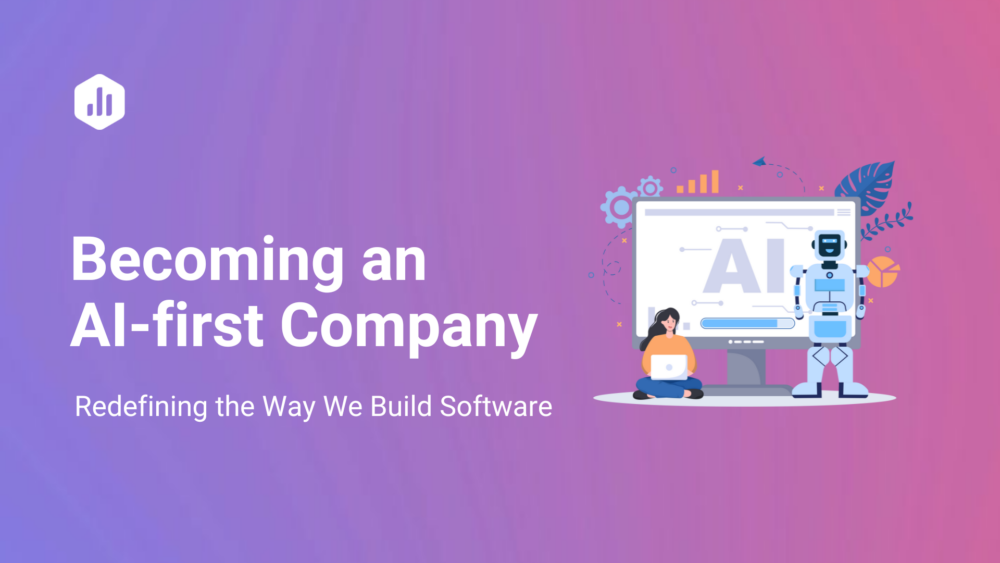Table of contents
Most executives spend a lot of their time thinking about the strategic and functional aspects of their businesses: product, sales, services, marketing, competitive strategy etc. All of that is necessary, of course, but in my experience too little time and effort is spent on what matters most: the people responsible for those activities.
I’ve been inspired over the years by books like The War for Talent and Good to Great and some companies’ attempts to codify their own attitudes towards people (see Netflix and Hubspot). At Databox, what matters most in building our business is people and how we treat them. I call our attitude a People Mindset.
Compatible with a wide array of corporate cultures, a People Mindset is a critical underpinning of culture in the best companies.
Companies with a People Mindset exhibit these characteristics:
- People and their performance are treated as a top operational priority and a critical source of competitive advantage.
- The workplace environment encourages and empowers people to do their best work.
- The company makes sure individuals are capable, engaged and accountable.
- Managers with a People Mindset see their roles very differently than those in most organizations.
In this and each of my next few posts, I’ll try to unpack each of these and explain what we’re doing to make them part of our culture at Databox.
- People and their performance are treated as a top operational priority and a critical source of competitive advantage.
Company leaders must believe their organization’s ability to compete can be maximized by having highly capable people in an environment which keeps people highly engaged in their work. That belief must be reflected in a consistent set of behaviors across the organization including who gets hired, promoted, and fired; the distribution of rewards, recognition and compensation; and the example set by leaders.
Here are some of the things we do to make this happen at Databox: we talk about people regularly (at least every week) as a management team. Who’s doing what, how they’re doing, what could be done better, what coaching and encouragement each person needs. We talk about mistakes we made in on-boarding new employees and how we can correct for them next time. We talk about great potential recruits we’ve come across even when there are no open positions — we are always recruiting.
I’ll share more about the next three characteristics in follow up posts.






![How to Improve Agency Operational Efficiency [Insights from 40+ Agencies]](https://cdnwebsite.databox.com/wp-content/uploads/2023/09/14052320/agency-client-collaboration-1000x563.png)




